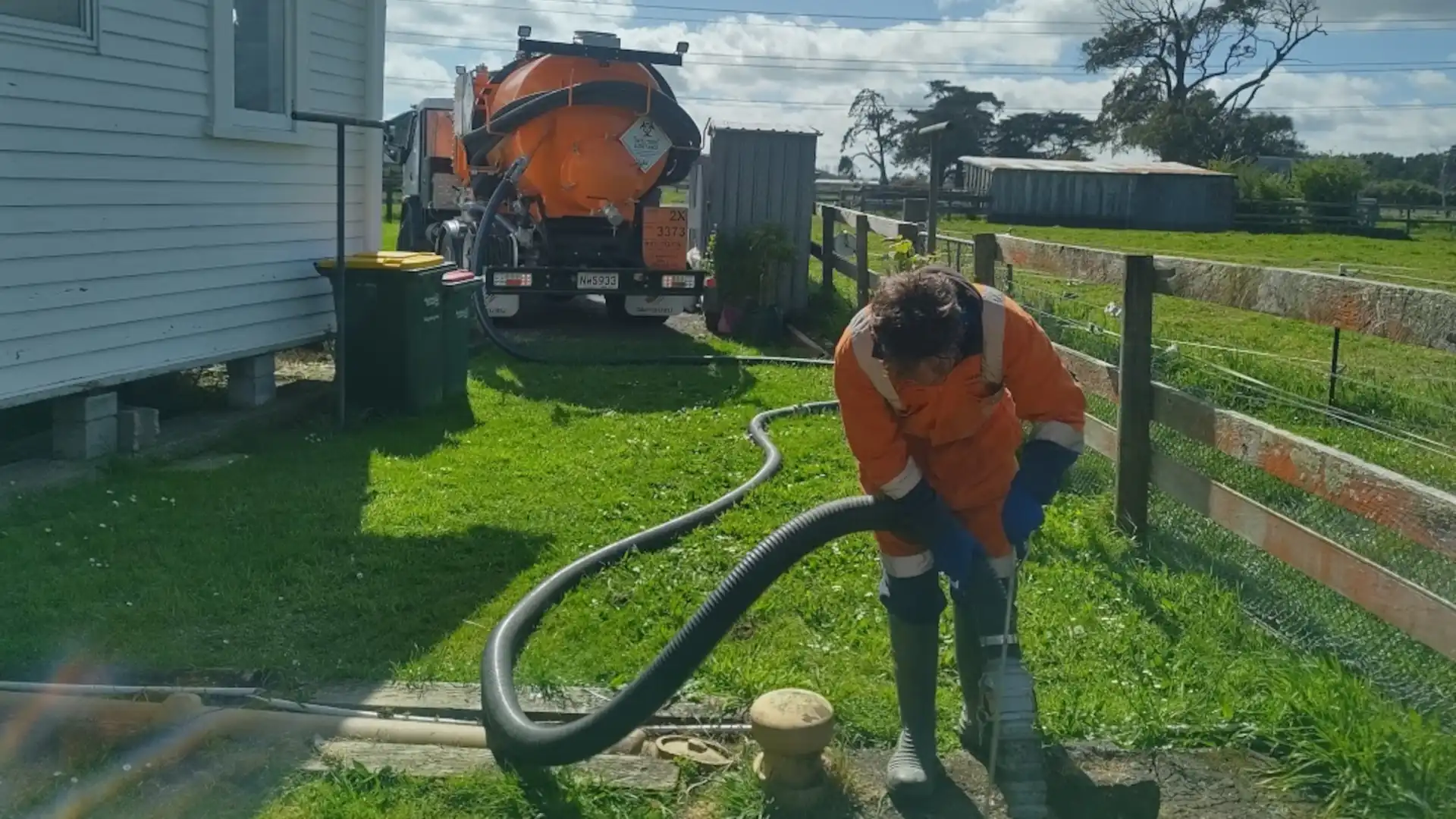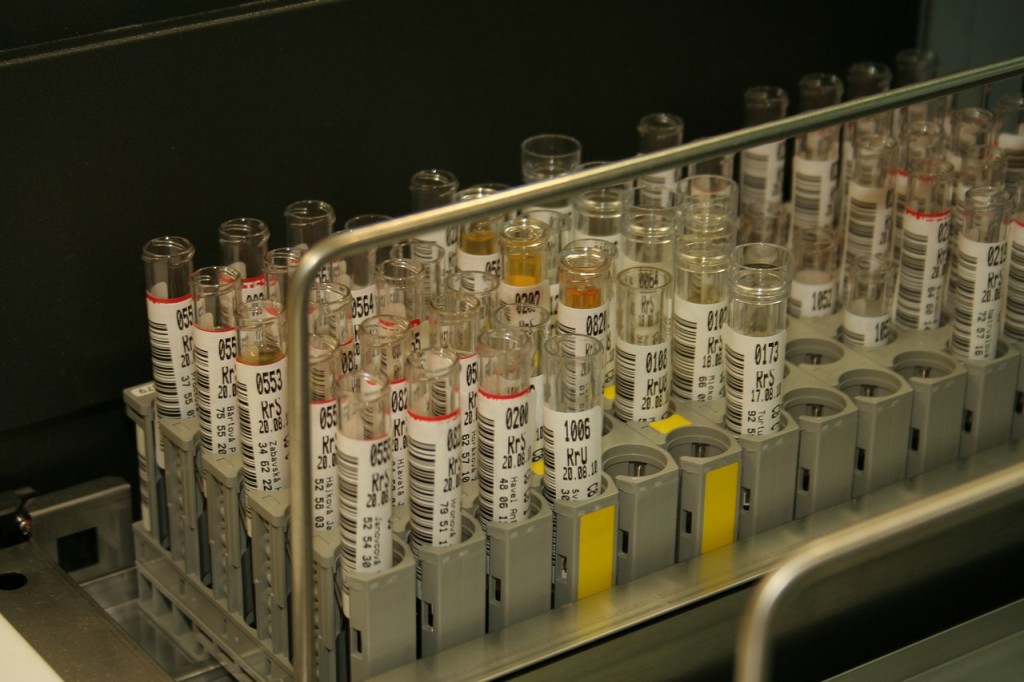Leading Industrial Wastewater Treatment Solutions: Ensuring Conformity and Performance
Leading Industrial Wastewater Treatment Solutions: Ensuring Conformity and Performance
Blog Article
Exactly How Liquid Waste Disposal Functions: A Comprehensive Overview of Methods and Technologies Employed

Overview of Fluid Waste Types
The complexity of liquid waste types necessitates a complete understanding of their features and effects for disposal. Fluid waste can generally be classified into a number of types, including commercial, metropolitan, farming, and contaminated materials. Each classification exhibits distinctive homes, needing particular management strategies to mitigate ecological and health and wellness dangers.
Industrial liquid waste originates from manufacturing procedures and usually contains a variety of impurities, such as hefty metals, solvents, and organic substances. Metropolitan fluid waste, mostly making up wastewater from homes and commercial facilities, consists of organic issue, nutrients, and microorganisms (industrial wastewater treatment). Agricultural liquid waste, consisting of overflow from ranches, may include plant foods, pesticides, and pet waste, presenting risks to water top quality and ecological communities
Dangerous fluid waste is identified by its toxicity, reactivity, or possible to cause damage. Recognizing these diverse liquid waste kinds is crucial for developing efficient disposal approaches and guaranteeing conformity with ecological regulations.
Physical Treatment Techniques

Screening is the first action, where larger fragments and debris are gotten rid of from the liquid waste using displays or grates. In sedimentation storage tanks, heavier fragments clear up at the bottom, forming a sludge layer, while the made clear liquid can be additional dealt with.
Filtering is another necessary technique that entails passing the liquid with permeable materials, such as sand or membranes, to catch smaller sized bits. This action improves the quality of the fluid, making it ideal for succeeding therapy procedures.

Chemical Therapy Methods
Chemical therapy methods are vital for efficiently taking care of liquid waste, particularly in attending to liquified and colloidal pollutants that physical approaches might not appropriately get rid of. These techniques use various chemical representatives to counteract, precipitate, or change harmful compounds right into much less hazardous types.
One typical approach is coagulation and flocculation, where chemicals such as alum or ferric chloride are included in advertise the aggregation of put on hold particles. This procedure improves sedimentation, enabling easier elimination of the resulting sludge. Additionally, oxidation processes, utilizing representatives like chlorine or ozone, are utilized to break down intricate natural compounds and virus, providing the waste much safer for discharge or additional therapy.
Neutralization is an additional critical method, which changes the pH of acidic or alkaline waste streams to neutral degrees, preventing possible injury to downstream systems and the setting. Additionally, progressed oxidation procedures (AOPs) use mixes of oxidants and ultraviolet light to break down consistent pollutants, accomplishing a greater level of therapy performance.
Biological Treatment Procedures
Organic treatment procedures play an essential function in the administration of liquid waste by utilizing bacteria to additional info break down natural issue and minimize impurity levels. These processes can be broadly categorized into cardiovascular and anaerobic treatments, each employing certain microbial areas to achieve effective waste destruction.
Cardio treatment involves the use of oxygen to assist in the breakdown of organic products by microorganisms. This process is generally executed in turned on sludge systems, where aeration containers provide a conducive environment for microbial development, resulting in the oxidation of organic pollutants. The resultant biomass can be divided from dealt with effluent via sedimentation.
On the other hand, anaerobic therapy happens in the absence of oxygen, relying upon various bacteria to break down natural issue. This method is especially advantageous for high-strength waste, as it generates biogas, an eco-friendly power source, while lowering sludge manufacturing. Technologies such as anaerobic digesters are often utilized in commercial and municipal applications.
Both anaerobic and cardiovascular biological treatments not only minimize the ecological influence of fluid waste however additionally promote resource recovery, making them vital components of sustainable waste monitoring techniques. Their adaptability, effectiveness, and performance sustain their prevalent implementation throughout various markets.
Arising Technologies in Disposal
Ingenious techniques to fluid garbage disposal are quickly advancing, driven by innovations in innovation and an enhancing emphasis on sustainability. Among these arising technologies, membrane layer bioreactors (MBRs) have actually gained traction for their ability to incorporate biological treatment with membrane layer purification, resulting in top quality effluent that can be recycled in different applications. MBRs enable smaller sized footprints and a lot more reliable operations compared to conventional systems.
An additional encouraging development is using anaerobic food digestion integrated with nutrient recovery technologies, which not only treats liquid waste but likewise generates biogas and recovers useful nutrients like nitrogen and phosphorus. This twin advantage improves source effectiveness and reduces ecological influence.
In addition, advanced oxidation processes (AOPs) are being embraced for the degradation of complex organic contaminants. These approaches use effective oxidants and stimulants to damage down contaminants at the molecular degree, supplying an extremely reliable remedy for challenging waste streams.
Moreover, the combination of expert system and artificial intelligence in waste monitoring systems is enhancing functional effectiveness and predictive maintenance, causing decreased expenses and improved environmental compliance. These innovations show a substantial shift towards even more reliable and sustainable fluid waste disposal techniques.
Conclusion
To conclude, effective fluid waste disposal necessitates a detailed understanding of numerous techniques and technologies. The integration of physical, chemical, and organic my company therapy approaches makes certain the effective administration of diverse waste types. Moreover, the development of ingenious modern technologies boosts treatment effectiveness and advertises sustainability in waste monitoring practices. By continuously advancing these approaches, it ends up being feasible to resolve the growing difficulties related to liquid waste, inevitably adding to environmental management and source recovery.
Liquid waste disposal is an Homepage essential element of environmental monitoring, needing an extensive understanding of different methods and modern technologies customized to different waste kinds. Liquid waste can broadly be categorized into a number of types, consisting of commercial, municipal, farming, and hazardous waste. Agricultural liquid waste, consisting of drainage from ranches, may include plant foods, pesticides, and pet waste, posturing dangers to water top quality and communities.
Various physical therapy approaches play a crucial duty in managing liquid waste successfully - industrial wastewater treatment.In final thought, reliable fluid waste disposal requires an extensive understanding of various methods and technologies
Report this page